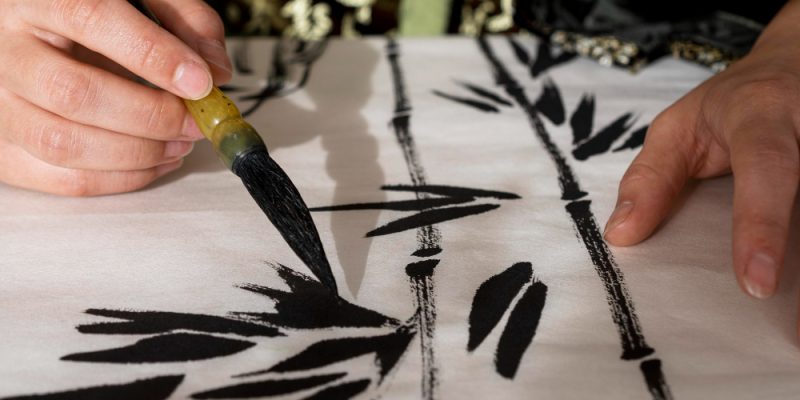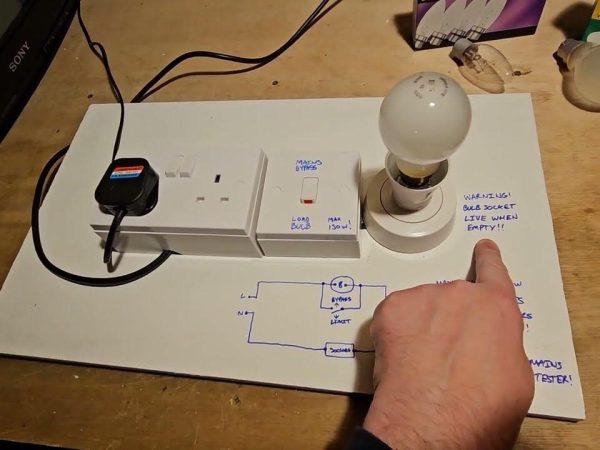Home Silkscreen – A Complete Guide to DIY Screen Printing

Screen printing, also known as silkscreen printing, is one of the most popular and versatile ways to print custom designs on clothing, posters, and various surfaces. The best part is that you don’t need expensive studio equipment to get started. With a few tools, some creativity, and a bit of practice, you can create high-quality prints right from your home.
This complete guide will walk you through everything you need to know about home silkscreen printing, from understanding the basics to making your first print successfully. Whether you want to start a small T-shirt printing business or simply explore a creative hobby, this step-by-step approach will help you get started.
What Is Home Silkscreen Printing?
Home silkscreen printing is a do-it-yourself method of transferring designs onto fabric, paper, or other surfaces using a fine mesh screen, ink, and a stencil. The term “silkscreen” comes from the traditional use of silk mesh, though modern screens are usually made of polyester.
The process involves blocking out areas on the screen where you don’t want ink to pass through, then pressing ink through the open areas with a squeegee. The result is a clean, crisp design that looks professional and lasts a long time.
Silkscreen printing at home allows you to personalize clothing, tote bags, posters, or even wooden signs—all with custom designs you create yourself.
Why Choose Silkscreen Printing at Home?
There are many reasons people turn to home silkscreen printing:
- Affordability: Once you have basic tools, the ongoing cost per print is low.
- Creativity: You can bring your unique designs to life without relying on a commercial printer.
- Durability: Screen prints are known for their vibrant colors and long-lasting finish.
- Small Business Potential: Perfect for creating handmade products or starting an online shop.
- Satisfaction: There’s something deeply rewarding about wearing or selling something you made yourself.
Home silkscreening is ideal for artists, DIY enthusiasts, and anyone interested in creating personalized items.
Essential Tools and Materials for Home Silkscreening
Before you start, you’ll need a few key items. Most can be found online, at craft stores, or in starter screen printing kits.
Screen and Frame: The screen is a fine mesh stretched over a wooden or aluminum frame. The mesh is what holds the stencil and transfers the ink.
Photo Emulsion or Stencil: You’ll need a stencil to block areas of the screen. This can be created with photo emulsion, vinyl cutouts, or hand-drawn designs.
Squeegee: A flat rubber blade used to push the ink evenly through the screen.
Screen Printing Ink: Choose ink suitable for your material—fabric ink for clothing or paper ink for posters.
Light Source: If you’re using photo emulsion, a bright light or exposure lamp helps harden the design onto the screen.
Substrate: This is what you’ll be printing on, such as a T-shirt, tote bag, or poster.
Tape and Cardboard: Useful for masking edges and keeping your work area clean.
Cleaning Supplies: Screen cleaner and water for washing out emulsion or leftover ink.
Once you gather these materials, you’ll be ready to start creating your first print.
Setting Up Your Workspace
You don’t need a large studio for silkscreen printing, but organization is key. Choose a flat, clean area with good lighting and ventilation. A sturdy table or counter works best.
Cover your workspace with newspaper or plastic sheets to protect surfaces from ink. Keep all your tools within reach, and make sure you have a nearby sink or water source for cleaning.
If you plan to use photo emulsion, choose a room that can be darkened easily, as the emulsion is light-sensitive. For drying screens or prints, a drying rack or clothesline is ideal.
A well-prepared workspace makes the printing process smoother and helps you avoid mistakes.
Preparing Your Screen and Stencil
There are several ways to prepare your stencil, but the photo emulsion method is one of the most popular for home use. Here’s how it works:
- Coat your screen evenly with photo emulsion using a scoop coater.
- Let it dry completely in a dark area.
- Place your design printed on a transparency sheet over the screen.
- Expose it to bright light for several minutes.
- Rinse the screen gently with water to wash away unexposed emulsion, revealing your design.
Alternatively, you can use adhesive vinyl or cut paper stencils for a simpler method that doesn’t require light exposure. Once your stencil is ready, you can move on to printing.
The Printing Process – Step by Step
Now that your screen and stencil are ready, it’s time to print. Follow these steps carefully for the best results:
- Position your material: Lay your T-shirt or substrate flat on your work surface. Place cardboard inside shirts to prevent ink bleed.
- Place the screen: Position the screen over your material where you want the design.
- Apply ink: Add a line of ink along the top of the screen.
- Pull the squeegee: Using firm pressure, pull the squeegee down the screen at a consistent angle to spread the ink evenly.
- Lift the screen: Gently lift the screen to reveal your printed design.
- Dry the print: Allow it to dry completely before wearing or washing.
If you’re printing multiple items, reapply ink as needed and repeat the process.
Drying and Curing Your Prints
Drying is one of the most important steps in silkscreen printing. Properly dried and cured ink ensures that your design stays vibrant and doesn’t wash out.
For fabric prints, let the ink air dry for a few hours or use a hair dryer on low heat to speed up the process. Once dry, you can heat-set the design using an iron. Place a piece of parchment paper over the print and press for a few minutes to lock in the ink.
For paper prints, simply allow them to air dry in a clean, dust-free area. Avoid stacking wet prints on top of each other.
Cleaning and Maintaining Your Equipment
After each use, it’s essential to clean your screen and tools immediately. Dried ink or emulsion can ruin your screen and make future prints uneven.
Rinse the screen with warm water and a gentle brush to remove ink. If using photo emulsion, apply a remover to clean the stencil area completely. Wipe your squeegee and frame dry before storing.
Regular cleaning not only extends the life of your tools but also ensures crisp, consistent results in every print.
Common Mistakes and How to Avoid Them
Beginners often face a few challenges when starting with home silkscreen printing. Here are some common issues and how to fix them:
- Uneven Ink Coverage: Use steady pressure and make sure your squeegee angle stays consistent.
- Blurry Prints: Secure your screen firmly to avoid shifting during printing.
- Ink Bleeding: Use the right type of ink for your material and avoid oversaturating the screen.
- Design Not Transferring: Check that your stencil is properly exposed and rinsed.
With practice, you’ll learn how to troubleshoot and refine your technique for professional-quality prints.
Creative Ideas for Home Silkscreen Projects
Once you get comfortable with silkscreen printing, the possibilities are endless. Here are some fun project ideas to try:
- Custom T-shirts for events, businesses, or gifts
- Personalized tote bags or pillowcases
- Limited-edition art prints and posters
- Decorative fabric patterns for home décor
- Branding or logo prints for small businesses
Home silkscreen printing allows you to turn your creativity into tangible, unique works of art.
Conclusion
Home silkscreen printing is an accessible and rewarding way to bring your artistic ideas to life. With a few basic tools and some practice, you can create stunning prints on fabric, paper, and more.
Whether you’re a beginner looking for a new hobby or an entrepreneur starting a small creative business, this DIY method gives you full control over your designs and production. The satisfaction of creating something by hand is unmatched, and once you master the process, the possibilities are endless.
So set up your workspace, grab your screen and ink, and start your silkscreen journey today.
FAQs
1. Is home silkscreen printing hard to learn?
It may take a few tries to get your first print right, but the process is simple once you understand the basics. With patience and practice, anyone can learn.
2. Can I reuse my silkscreen frame?
Yes, you can clean and reuse your screen multiple times. Just remove the old emulsion and wash it thoroughly before applying a new stencil.
3. What kind of ink should I use for fabric printing?
Use fabric or textile screen printing ink, as it adheres well and withstands washing. Avoid using regular paint or poster ink on clothing.
4. Do I need a special light for photo emulsion?
A strong household lamp or direct sunlight can work, but for consistent results, a proper exposure light is recommended.
5. How do I prevent ink from drying too fast on the screen?
Work quickly, use small amounts of ink at a time, and keep your workspace slightly humid if possible to prevent premature drying.
Also read: Desk Clamp – The Ultimate Guide to Choosing the Right One for Your Setup











